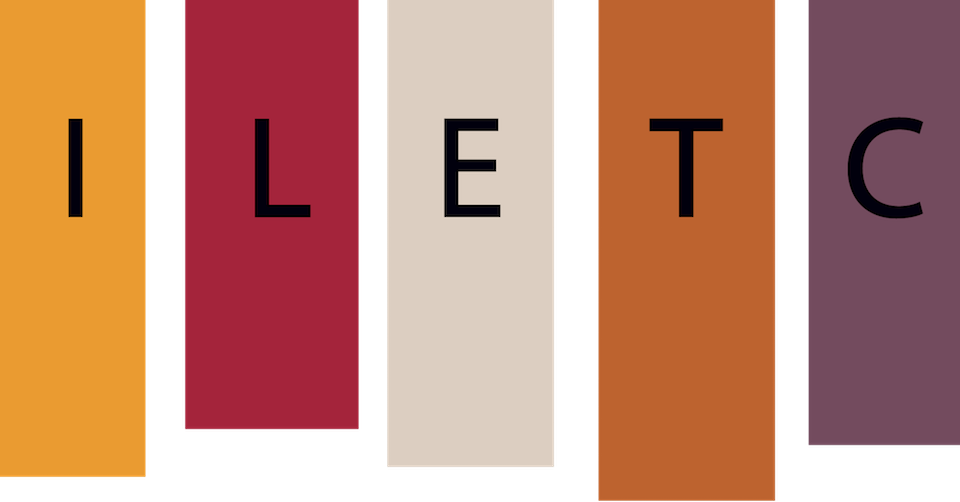Teaching Heritage Languages On-line Workshop National Heritage Language Resource Center Alliance for the Advancement of Heritage Languages
Category: Writing Proficiency of Heritage Learners
Glosssary
Heritage Language Learner A student who is raised in a home where a non-English language is spoken, who speaks or at least understands the language, and who is to some …
Lorena Llosa to Talk in GC’s Skylight Room
Join us as NYU Professor of Education Lorena Llosa comes to the GC to talk about Assessment in the Foreign Language Classroom on Friday, February 26 at 2 PM. Her talk will …
Innovations in Language Education (ILE) Grants
The text below provides general instructions on ILETC’s ILE grants, which are currently on hiatus due to changes in funding. For information on past projects and recipients, visit: 2014-2015; 2016-2017; …
What are the strengths and weaknesses of Advanced Heritage Language Writers?
Criteria The following tables reproduce the ACTFL descriptors for Advanced and Superior writing proficiency. Use them to understand what an Advanced writer can do and what this writer needs to master to become a …
What are the strengths and weaknesses of Intermediate Heritage Language Writers?
Criteria The following tables reproduce the ACTFL descriptors for Intermediate and Advanced writing proficiency. Use them to understand what an Intermediate writer can do and what this writer needs to …
Who Are Heritage Language Learners?
General Definition The most widely used definition of heritage language learners (HLLs) in the US, taken from Valdés (2000), identifies an HLL as a student who is raised in a …
Workshops
Our Workshops are available on-demand. Contact ILETC@gc.cuny.edu
Writing Proficiency of Heritage Language Learners
The CILC Writing Proficiency of Heritage Language Learners (WPHLL) page is on the CILC website, here. The WPHLL pages provide resources for instructors whose goal is to develop the writing proficiency …


